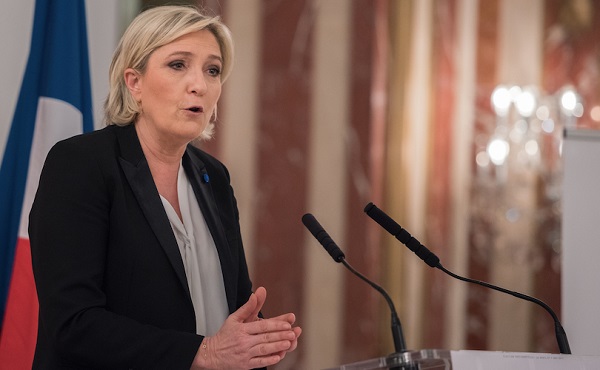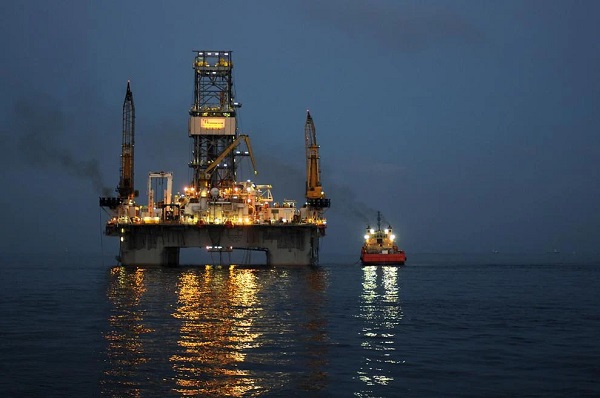Economy
Federal budget’s scale of spending and debt reveal a government lacking self-control

From the Fraser Institute
By Jake Fuss and Grady Munro
Had the government simply limited the growth in annual program spending to 0.3 per cent for two years, it could have balanced the budget by 2026/27 and avoided significant debt accumulation.
Instead, the government chose to increase annual program spending by an average of 4.4 per cent over the next two years and kick the debt problem down the road for another government to solve.
Time and time again, Prime Minister Justin Trudeau and Finance Minister Chrystia Freeland have emphasized the importance of being fiscally responsible with federal finances. Unfortunately, this year’s federal budget ensures once again their rhetoric rings hollow due to their ongoing mismanagement of federal finances.
This mismanagement is rooted in the government’s insatiable appetite for new and expanded programs or services, which has endured for nine years and will continue for the foreseeable future. The budget introduces billions of dollars in additional spending for a national school food program, housing initiatives and artificial intelligence. As such, program spending (total spending minus debt interest costs) is now expected to be $77.2 billion higher over the next four years than the government forecasted last spring.
In 2024/25 alone, federal program spending will reach a projected $483.6 billion—an increase of $16.1 billion compared to the previous budget’s estimates. On a per-person inflation-adjusted basis, federal program spending is forecasted to reach $11,901, which is approximately 28.0 per cent higher than during the final full year of Stephen Harper’s tenure as prime minister (2014/15). The Trudeau government has already recorded the five (2018 to 2022) highest levels of federal program spending per person in Canadian history (inflation-adjusted), and budget projections suggest it’s now on track to possess the eight highest levels of per-person spending by the end of its term next autumn.
This is despite recent polling data that shows the majority of Canadians (59 per cent) think the Trudeau government is spending too much. Nearly two-thirds (64 per cent) of Canadians are also concerned about the size of the federal deficit.
As it has done nine times before, the Trudeau government will borrow to fund some of its spending spree, resulting in a projected budget deficit of $39.8 billion this year, which is $4.8 billion higher than previously forecasted. And it doesn’t intend to stop borrowing, with annual deficits exceeding $20 billion planned for the subsequent four years. This represents a notable increase in deficits compared to what was expected in the last year’s budget. Simply put, there’s no plan for a return to balanced budgets any time soon. As a result, federal debt (net debt minus non-financial assets) is expected to climb $156.2 billion from now until April 2029.
To make matters worse, the government is also increasing the capital gains inclusion tax rate from 50.0 per cent to 66.6 per cent for capital gains realized above $250,000. This will act as a huge disincentive for individuals and businesses to invest in Canada at a time when the country already struggles to attract the very investment we need to improve productivity, economic growth and living standards. Businesses and individuals will now simply invest their capital elsewhere.
There’s a large body of research that finds low or no capital gains taxes increase the supply and lower the cost of capital for new and growing firms, leading to higher levels of entrepreneurship, economic growth and job creation—precisely what Canada needs more of today and in the future.
While the government did boast about its ability to hold the 2023/24 deficit at $40.0 billion, this had little to do with responsible fiscal management. Instead, the government enjoyed higher-than-anticipated revenues of $8.3 billion, but repeated its all too frequent and ill-advised approach of spending that money and wiping out any chance to reduce the deficit.
Growing federal debt leads to higher debt interest costs, all else equal, which eat up taxpayer dollars that could otherwise have provided services or tax relief for Canadians. For context, the government now spends more ($54.1 billion) on debt interest as on health-care transfers to the provinces ($52.1 billion). Accumulating debt today also increases the tax burden on future generations of Canadians who are ultimately responsible for paying off this debt. Research suggests this effect could be disproportionate, with future generations needing to pay back a dollar borrowed today with more than one dollar in future taxes.
But again, it didn’t have to be this way. As we pointed out before the budget, had the government simply limited the growth in annual program spending to 0.3 per cent for two years, it could have balanced the budget by 2026/27 and avoided significant debt accumulation.
Instead, the government chose to increase annual program spending by an average of 4.4 per cent over the next two years and kick the debt problem down the road for another government to solve. Simply put, the government’s fiscal strategy is not all that different from an overzealous child that eats all their Halloween candy in one night even though they fully understand it won’t end well.
Yet for all this spending and debt, living standards have not improved for Canadians. In fact, inflation-adjusted GDP per person was actually lower at the end of 2023 than it was nine years prior in 2014. And going forward, the OECD predicts Canada will record the lowest growth rates in per-person GDP up to 2060 of any industrialized country—meaning countries such as New Zealand, Italy, Korea, Turkey and Estonia would all surpass Canada with higher living standards.
The combination of tax hikes and scale of spending and debt in this year’s federal budget demonstrate the Trudeau government has no interest in being fiscally responsible or improving living standards for Canadians. Instead of showing restraint, the government chose to repeat its mistakes and lead federal finances down an increasingly perilous path.
Authors:
Bjorn Lomborg
The stupidity of Net Zero | Bjorn Lomborg on how climate alarmism leads to economic crisis
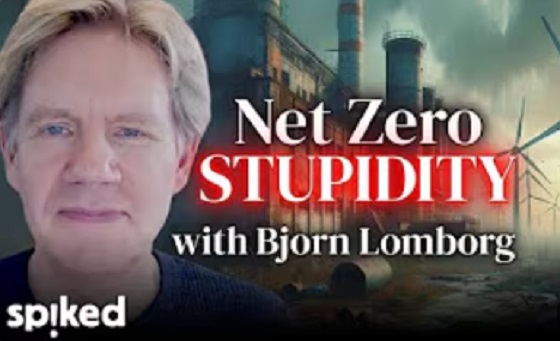
From spiked on YouTube
Note: This interview is focused on Europe and the UK. It very much applies to Canada. The 2025 Federal Election which will see Canadians choose between a more common sense approach, and spending the next 4 years continuing down the path of pursuing “The Stupidity of Net Zero”.
European industry is in freefall, and Net Zero is to blame.
Here, climate economist Bjorn Lomborg – author of Best Things First and False Alarm – explains how panic over climate change is doing far more damage than climate change itself. Swapping cheap and dependable fossil fuels for unreliable and expensive renewables costs our economies trillions, but for little environmental gain, Lomborg says.
Plus, he tackles the myth of the ‘climate apocalypse’ and explains why there are more polar bears than ever.
Support spiked: https://www.spiked-online.com/support/
Sign up to spiked’s newsletters: https://www.spiked-online.com/newslet…
Business
Scott Bessent Says Trump’s Goal Was Always To Get Trading Partners To Table After Major Pause Announcement


From the Daily Caller News Foundation
By
Secretary of the Treasury Scott Bessent told reporters Wednesday that President Donald Trump’s goal was to have major trading partners agree to negotiate after Trump announced a 90-day pause on reciprocal tariffs for many countries after dozens reached out to the administration.
Trump announced the pause via a Wednesday post on Truth Social that also announced substantial increases in tariffs on Chinese exports to the United States, saying 75 countries had asked to talk. Bessent said during a press event held alongside White House press secretary Karoline Leavitt that Trump had obtained “maximum leverage” to get trading partners to negotiate with the April 2 announcement of reciprocal tariffs.
“This was his strategy all along,” Bessent told reporters during an impromptu press conference at the White House. “And that, you know, you might even say that he goaded China into a bad position. They, they responded. They have shown themselves to the world to be the bad actors. And, and we are willing to cooperate with our allies and with our trading partners who did not retaliate. It wasn’t a hard message: Don’t retaliate, things will turn out well.”
Dear Readers:
As a nonprofit, we are dependent on the generosity of our readers.
Please consider making a small donation of any amount here.
Thank you!
WATCH:
China imposed retaliatory tariffs on American exports to the communist country Wednesday, imposing an 84% tariff on U.S. goods after Trump responded to a 34% tariff by taking American tariffs to 104%.
“Based on the lack of respect that China has shown to the World’s Markets, I am hereby raising the Tariff charged to China by the United States of America to 125%, effective immediately,” Trump said. “At some point, hopefully in the near future, China will realize that the days of ripping off the U.S.A., and other Countries, is no longer sustainable or acceptable.”
“They kept escalating and escalating, and now they have 125% tariffs that will be effective immediately,” Bessent said during the press conference.
Bessent said that China’s actions would not harm the United States as much as it would their own economy.
“We will see what China does,” Bessent said. “But what I am certain of, what I’m certain of, is that what China is doing will affect their economy much more than it will ours, because they have an export-driven, flood the world with cheap export model, and the rest of the world now understands.”
The Dow Jones Industrial average closed up 2,962.86 points Wednesday, with the NASDAQ climbing by 1,755.84 points and the S&P 500 rising 446.05 points, according to FoxBusiness.
-

 2025 Federal Election1 day ago
2025 Federal Election1 day agoResearchers Link China’s Intelligence and Elite Influence Arms to B.C. Government, Liberal Party, and Trudeau-Appointed Senator
-

 2025 Federal Election1 day ago
2025 Federal Election1 day agoRCMP memo warns of Chinese interference on Canadian university campuses to affect election
-
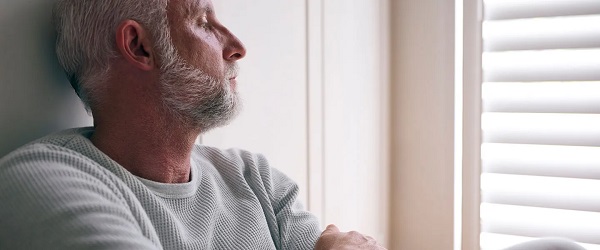
 Alberta2 days ago
Alberta2 days agoAlberta takes big step towards shorter wait times and higher quality health care
-

 Energy2 days ago
Energy2 days agoTrump signs four executive orders promoting coal industry
-
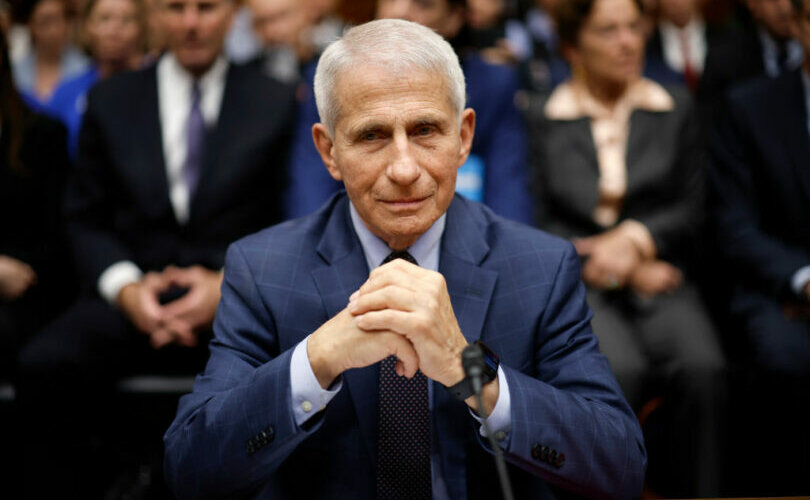
 COVID-1924 hours ago
COVID-1924 hours agoFauci, top COVID officials have criminal referral requests filed against them in 7 states
-
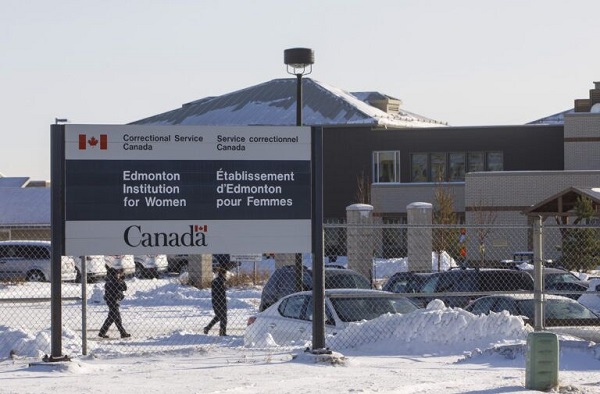
 Justice2 days ago
Justice2 days agoCanadian government sued for forcing women to share spaces with ‘transgender’ male prisoners
-

 Bjorn Lomborg1 day ago
Bjorn Lomborg1 day agoThe stupidity of Net Zero | Bjorn Lomborg on how climate alarmism leads to economic crisis
-

 Business2 days ago
Business2 days agoTrump raises China tariffs to 125%, announces 90-day pause for countries who’ve reached out to negotiate






